I Doubt It can be played by 3 to 11 players. For up to 5 players it is generally played with one standard deck of 52 cards and for from 6 up to 11 players the game is played with two such decks. It is preferred, but not absolutely required, that both decks have the same back design.
The first dealer can be determined in any manner, with cutting for high card a common method. Once determined, the dealer starts distributing cards, one at a time, face down, starting with the first player to his immediate left and continuing clockwise around the table. He continues dealing this way, around and around the table until the entire deck has been passed out. As the deck may not evenly divide by the number of players in the game, some players may receive one extra card.
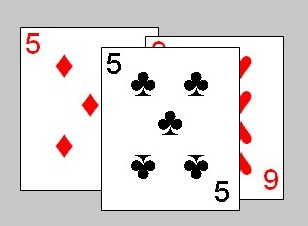
|
| A player in I doubt It might declare he is playing "Three 5's" but, in an attempt to empty his hand quicker, one of the declared fives might actually be a nine. |
If no player chooses to challenge this player that he actually played aces, the next player in turn would then lay down a number of cards, announcing the number and rank, which would now be kings. This continues clockwise around the table from player to player, with each subsequent player required to play one or more cards of the next lowest rank. Before making his turn each player should wait a few moments to ensure no other player wants to doubt the previous play. Once a player plays deuces, the following player would begin the cycle again, starting again with aces. Thus, the order of plays would be as follows: Ace, King, Queen, Jack, 10, 9, 8, 7, 6, 5, 4, 3, 2 and then begins again at Ace.
After any players turn, if another player believes that player may be bluffing about what cards he actually played to the center of the table, he may challenge him, by calling out "I Doubt It". When this happen, the player who first calls "I Doubt It" exposes the just played group of cards. If these cards are, in fact, actually all of the required rank that was announced, the player who called "I Doubt It" must take not only these cards but any other previously played cards that are on the table. If, however, the player WAS bluffing, and any cards of another rank than that announced are found, the player who played the cards must take these cards back into their hand, as well as any other previously played cards that might be on the table. Other than the card or cards being challenged, any other cards taken into this players hand do not need to be exposed for the other players to view.
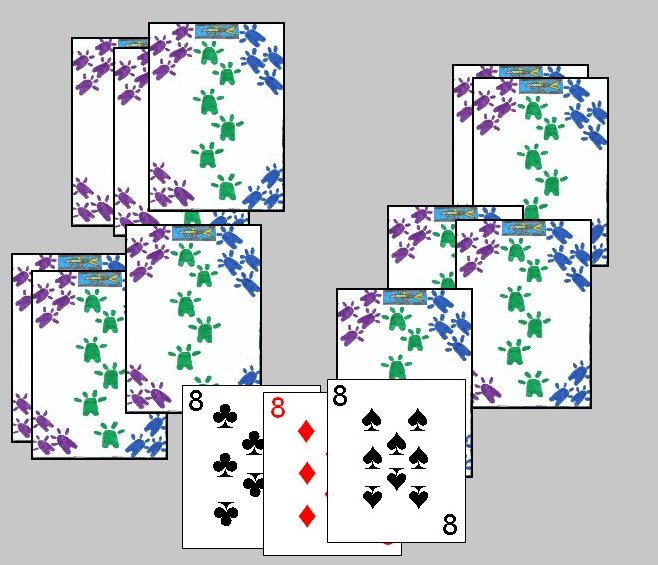
|
| If someone challenges a player, and they were honestly playing the cards they announced, the challenging player would have to take all the cards currently on the table instead. |
If more than one player call "I Doubt It" simultaneously, the player who is closest, in rotation to the current dealers left is considered the doubter or challenger.
A player must play at least one card on his turn and must announce the number he is playing. The first player to play the last of his cards to the center of the table is declared the winner. The other players are entitled to challenge this last play however (and usually do) and if the played card(s) are not as advertised the player must take these cards and any on the table back into their hand, with the game continuing. Each hand is a complete game and after each game, the deal rotates clockwise around the table from player to player.
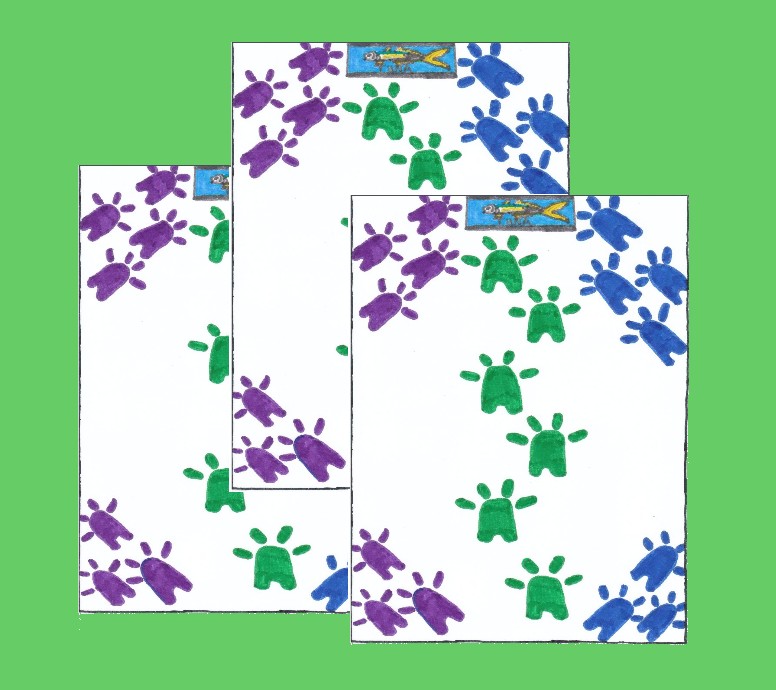 Three card packets: This version is played similarly to the standard game. However, on his turn a player can select any ranking of cards (such as 9's). However, every player must play exactly three face down cards to the center. There is no specific ordering, so a player on his turn can declare they are playing three cards of any one rank. In all other respects the game is played identically to the basic game described above.
Three card packets: This version is played similarly to the standard game. However, on his turn a player can select any ranking of cards (such as 9's). However, every player must play exactly three face down cards to the center. There is no specific ordering, so a player on his turn can declare they are playing three cards of any one rank. In all other respects the game is played identically to the basic game described above.
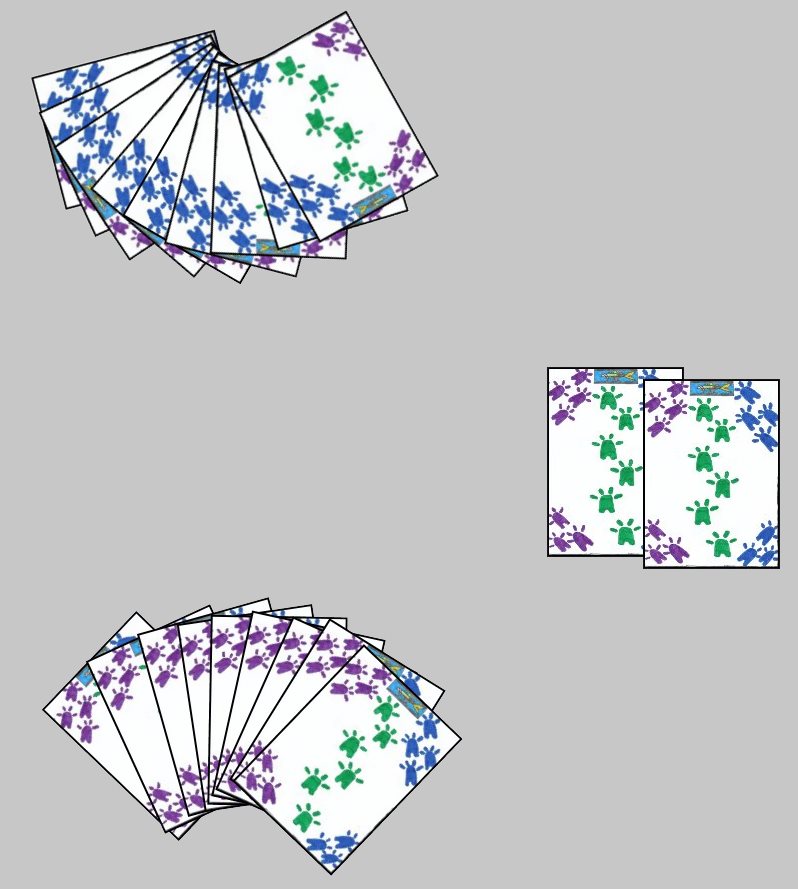 Determination of the first dealer can be performed using a variety of methods, with
a draw for high card common. Once this first dealer is determined, that player thoroughly shuffles the deck and two cards are dealt face-down from the top of the deck, whose identities are unknown to both players. These two cards are set aside for the duration of the game and are called the Treasure Cards. After these two cards are removed, the dealer deals out the remaining 18 cards, such that each player received 9 face-down cards.
Determination of the first dealer can be performed using a variety of methods, with
a draw for high card common. Once this first dealer is determined, that player thoroughly shuffles the deck and two cards are dealt face-down from the top of the deck, whose identities are unknown to both players. These two cards are set aside for the duration of the game and are called the Treasure Cards. After these two cards are removed, the dealer deals out the remaining 18 cards, such that each player received 9 face-down cards.
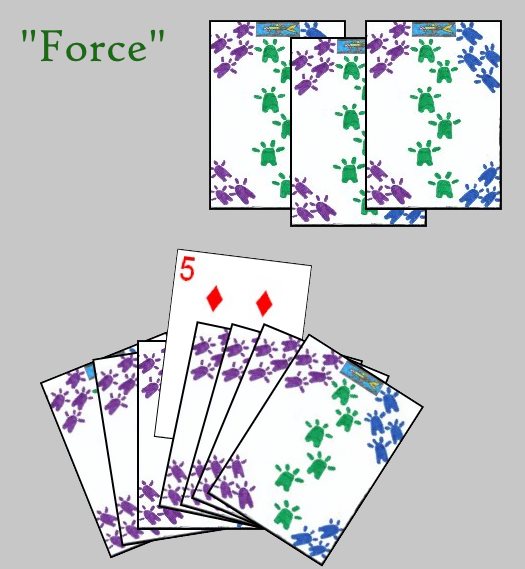
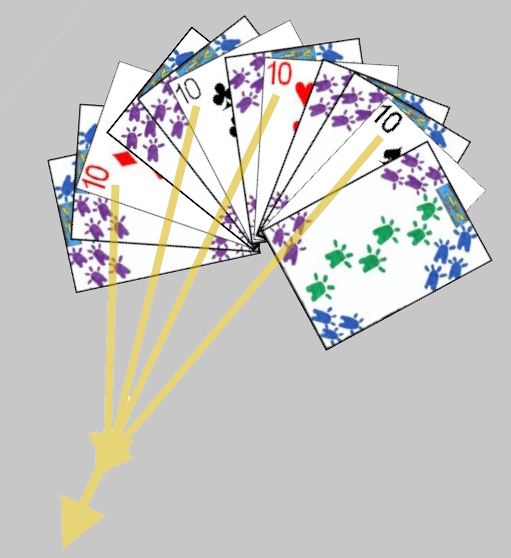 When a player is required to take all the cards from the center of the table, if he
find he has in his hand four cards all of the same denomination, may elect to discard them from his hand, set aside and out of play. He must show the four cards from his hand and the cards are then set aside, not
to be used for the remainder of the game.
When a player is required to take all the cards from the center of the table, if he
find he has in his hand four cards all of the same denomination, may elect to discard them from his hand, set aside and out of play. He must show the four cards from his hand and the cards are then set aside, not
to be used for the remainder of the game.